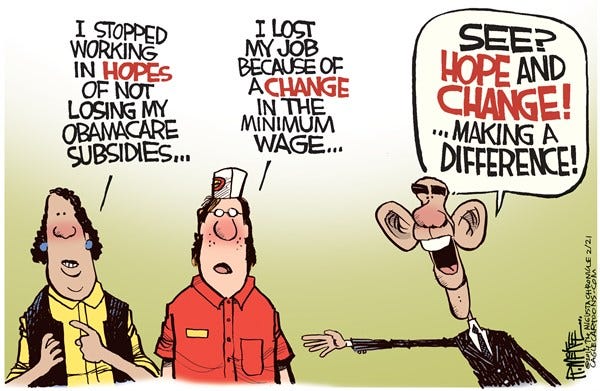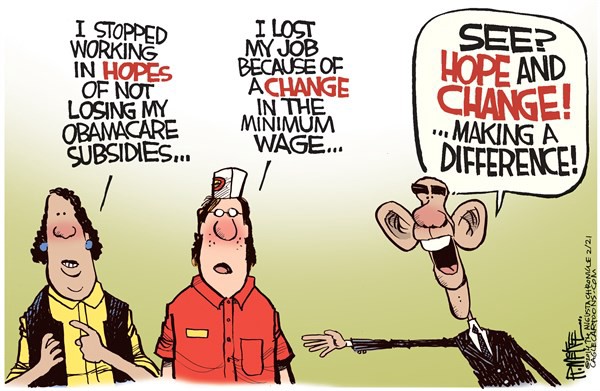Murry Rothbard on harmful policy..
1. Prevent or delay liquidation. Lend money to shaky businesses, call on banks to lend further, etc.
2. Inflate further. Further inflation blocks the necessary fall in prices, thus delaying adjustment and prolonging depression. Further credit expansion creates more malinvestments, which, in their turn, will have to be liquidated in some later depression. A government “easy money” policy prevents the market’s return to the necessary higher interest rates.
3. Keep wage rates up. Artificial maintenance of wage rates in a depression insures permanent mass unemployment. Furthermore, in a deflation, when prices are falling, keeping the same rate of money wages means that real wage rates have been pushed higher. In the face of falling business demand, this greatly aggravates the unemployment problem.
4. Keep prices up. Keeping prices above their free-market levels will create unsalable surpluses, and prevent a return to prosperity.
5. Stimulate consumption and discourage saving. We have seen that more saving and less consumption would speed recovery; more consumption and less saving aggravate the shortage of saved-capital even further. Government can encourage consumption by “food stamp plans” and relief payments. It can discourage savings and investment by higher taxes, particularly on the wealthy and on corporations and estates. As a matter of fact, any increase of taxes and government spending will discourage saving and investment and stimulate consumption, since government spending is all consumption. Some of the private funds would have been saved and invested; all of the government funds are consumed.[15] Any increase in the relative size of government in the economy, therefore, shifts the societal consumption-investment ratio in favor of consumption, and prolongs the depression.
6. Subsidize unemployment. Any subsidization of unemployment (via unemployment “insurance,” relief, etc.) will prolong unemployment indefinitely, and delay the shift of workers to the fields where jobs are available.
The we can also add how the US government regulation forced on banks that meant that they could not turn away minorities with a high risk from getting home loans. So even when a bank expected a default, they still gave a loan.
The CRA led to sub primes being issued to those with little prospect of paying and a high default rate. Worse, as a sub-prime loan costs more in the loan run, the poorest had to pay more. Low interest to get into the market, then variable that increases.
But… The Fed will maintain low interest won’t it…
So more interference.Play with interest rates. Print money. Go into more and more debt. After all, the current presidency will not be there in the long run.
Unfortunately for all those Keynesian’s, the long run is built into home loans but it is not built into political systems.
Sometime there is always a need to pay for the short term implications of short run thinking. We are in the long run now and it is just getting worse.
Then, Keynes told us that saving is bad. Why teach the poorer parts of society to learn to better themselves?
This would mean that they create wealth through saving and investment. It is far easier politically to pass a law saying that people cannot be turned away from loans they cannot expect to repay.
There are short term political gains and we all know that Keynes taught us the long term is not important!
After all, why demonstrate that you can save and hence have a chance of repaying the loan (and have lower monthly payments as well) by actually having a large deposit?
It was much simpler to regulate people into homes than to educate them into saving. Why save a deposit when you can get a 105% home loan. Buy that $200,000 home now and also get $10,000 for consumption spending to maintain the economy.

Then of course, the variable rate kicks in, but this is the long term.

